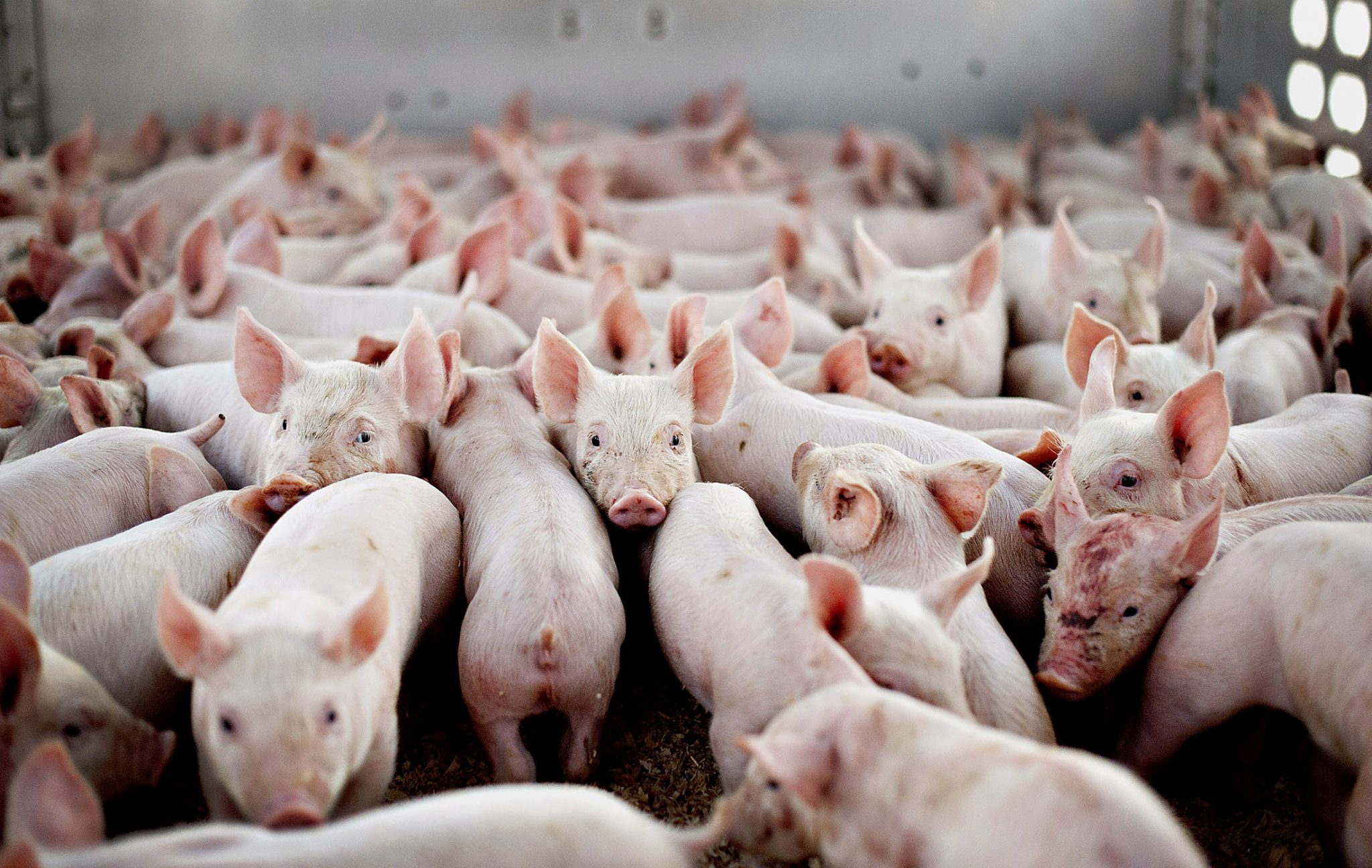According to Rabobank's first-quarter Global Pork report summary, COVID-19 continues to be the largest uncertainty for the global pork supply chain. The pandemic has led to many changes in supply chain management and consumption patterns, which will keep evolving.
Input costs continue to rise – shipping rates, energy prices, and feed grain prices, together with labor costs, are challenging pork supply chains. In a slowing economy, producers and processors are finding it difficult to pass on all additional costs to consumers, so margins will be under pressure.
Global pork imports and exports will likely decline from 2021 levels, mainly driven by reductions in China’s import demand as local production recovers. Although traditional importing countries – mainly Japan and South Korea, plus some new importing countries – will likely increase imports, major exporters will need to find a new balance between supply and demand.
These are the main highlights from Rabobank's report:
China: Weak demand puts downward pressure on pork prices. Pork production will grow, driven by improved sow quality.
Europe: Oversupply in Europe maintains downward pressure on prices. ASF spreads to northern Italy, potentially complicating trade.
US: Reduced hog supplies in the first half of the year will support prices and help offset rising costs. Covid disrupts slaughter and distribution, threatening demand.
Brazil: Dry weather raises feed prices again. The election year is expected to bring more volatility to the hog market.
Southeast Asia: Both Covid and ASF outbreaks impact Southeast Asian pork markets. Pork production in Vietnam and the Philippines will grow, albeit slowly.
Japan: Demand is weakening as Covid keeps spreading. Pork imports are strong, as beef is more expensive.
PigUA.info by materials pig333.com



